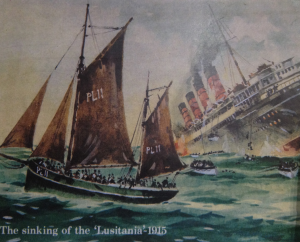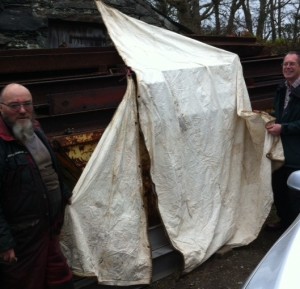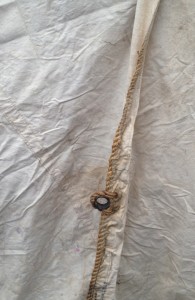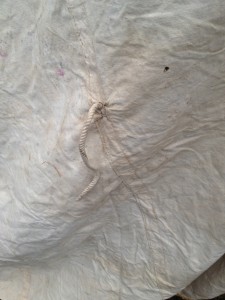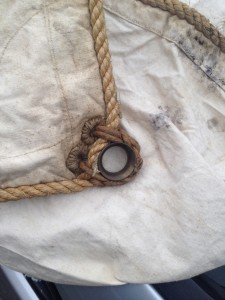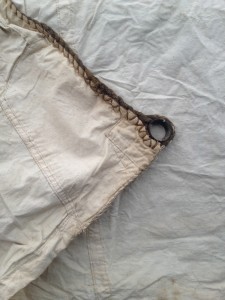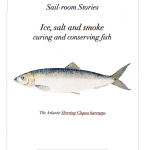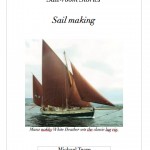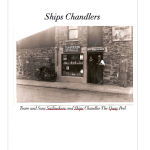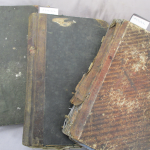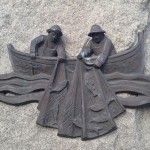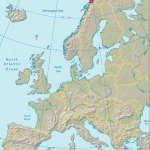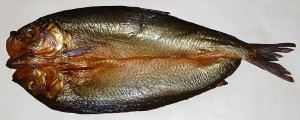 The Teare name is Manx in origin and its earliest recording is from 1599. It has developed and contracted to its modern spelling from the Manx Gaelic ‘Mac-y-teyir’ meaning ‘son of the craftsman or carpenter’. The Y-DNA project, which uses modern DNA analysis to trace the male genetic line, has shown that the Teare families tested have two separate male ancestors, both of Celtic origin, who would have lived about 1000 years ago.
The Teare name is Manx in origin and its earliest recording is from 1599. It has developed and contracted to its modern spelling from the Manx Gaelic ‘Mac-y-teyir’ meaning ‘son of the craftsman or carpenter’. The Y-DNA project, which uses modern DNA analysis to trace the male genetic line, has shown that the Teare families tested have two separate male ancestors, both of Celtic origin, who would have lived about 1000 years ago.
The Isle of Man is small geographically (221 square miles) and its population has always been small relative to its larger neighbours. Despite being equidistant to Scotland, England, and Ireland (about 20 miles) and a little further to Wales the population historically had little mixing with ‘the other countries’. In this rural community, until the 19th century, the majority of the population worked on the land or the sea; often both – farming most of the time but also taking advantage of the seasonal herring fishery around the island. It was common to have marriages between neighbouring families, especially when farmers were looking to acquire new land or marrying someone from another parish. Consequently anyone researching their Manx family history will soon find their ancestors were related to a range of families, usually with very Manx names.
Families who have been connected with the Isle of Man over the last 500-1000 years are identifiable by their distinctive Manx family names. Previously people were known by single or personal names, sometimes nicknames, such as Duggan meaning the ‘little dark man’. Around 1000 years ago the Celtic patronymic system of names started to be adopted where the personal name was based on the name of your father or grandfather. This system means that a person can be identified by their personal name plus that of their male ancestor, for example Cormac MacNeill = Cormac Son of Neill. Names could describe attributes of the individual, their appearance, trade, or the place they lived but the Celtic patronymic ‘Mac’ meaning ‘the son of’ was the most common. From about 1100 AD onwards on the Isle of Man these family names, mostly unique to the Island, started to be adopted permanently and passed down to father to son unchanged.
Today there are some 125 hereditary family names surviving and still in use on the Island and these are the modern forms of the original Gaelic names in use around 1000 years ago. Modern genetic analysis using DNA testing throws light on the early history of the Manx population by tracking the Y-DNA makeup of men bearing these distinctive Manx names, including Teare. So far the study shows that Manx families tested are descended from one or two original patriarchs and so can be described as having a known genetic origin – the picture that would be expected for small families possessing family names with low overall frequency (see www.manxdna.co.uk for more details of the approx. 80 names investigated and latest results).
The Isle of Man was under the rule of a number of Scandinavian or Norse invaders for around 350 years and the study reveals only 25% of men of Manx origin today are descended from Scandinavians. This is a smaller number than might have been expected and the majority of modern Manx men have Celtic origins from men who arrived either from Scotland or Ireland. From the testing of modern Teare men in Isle of Man, UK and USA it is clear there are two different Teare genetic lines (both Celtic) on the Isle of Man. More testing is on-going to try and determine a more precise picture. However, testing carried out so far does confirm that the Teare lines from Peel (now in IoM and UK) and Patrick (now in USA) are closely related – for more on this connection see http://teareandsons.com/category/mining/ .
The phenomenon of two separate Teare male family lines is a good example of the same hereditary family name being formed in parallel and at around the same time (family names became hereditary on the Isle of Man between ca 1050 and 1300AD) by different families. In a Gaelic speaking environment where patronymic names were in use, it is easy to expect that the same “son of: something/somebody” name could be adopted by more than one male-led family group at the same time.
But if this is true and occurs in the small Gaelic world of the Isle of Man, then it is even more so in the wider Gaelic-speaking world of Ireland and Scotland. So the Irish Kelly’s have no connection at all with the Manx Kellys for example. Hence we must learn not necessarily to expect that all families with the same name of Gaelic patronymic origin automatically have a genetic connection with each other!
However, all Manx families have mixed origins especially with the marriages between families over the centuries. Certain families are descended from a small group of male patriarchs who arrived on the Island in early times and this means many present day descendants of the families bearing unique Manx names, like Teare, are much more closely related to each other than they realise.


